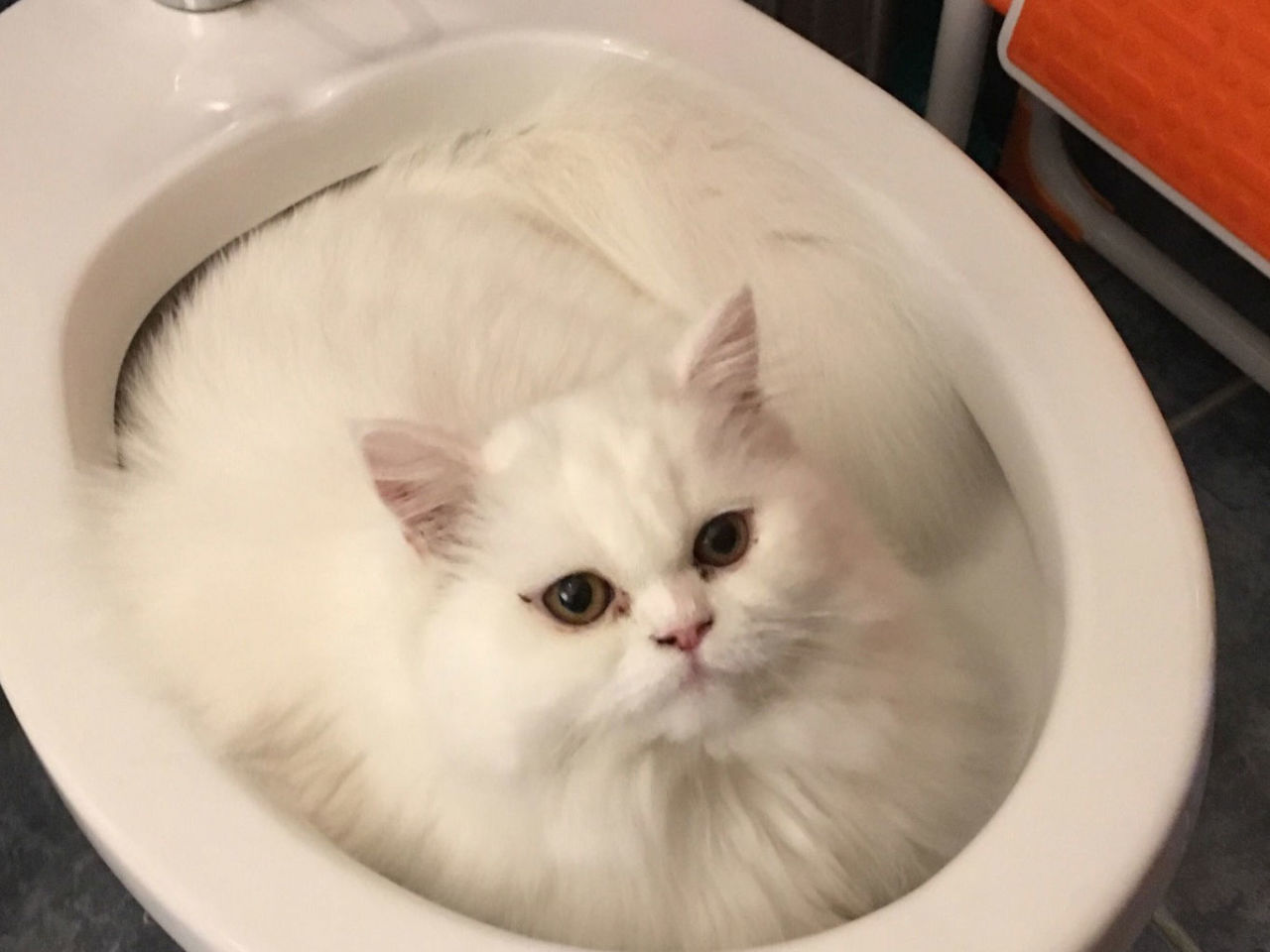The Consequences of Flushing Cat Poop Down Your Toilet - Safeguard Your Pipes
The Consequences of Flushing Cat Poop Down Your Toilet - Safeguard Your Pipes
Blog Article
How do you feel when it comes to Don’t flush cat feces down the toilet?

Intro
As pet cat proprietors, it's essential to bear in mind just how we dispose of our feline good friends' waste. While it may seem practical to purge cat poop down the bathroom, this method can have harmful consequences for both the environment and human wellness.
Alternatives to Flushing
The good news is, there are safer and much more accountable methods to take care of pet cat poop. Take into consideration the complying with alternatives:
1. Scoop and Dispose in Trash
The most usual technique of disposing of cat poop is to scoop it into an eco-friendly bag and toss it in the trash. Make sure to make use of a specialized trash scoop and get rid of the waste promptly.
2. Usage Biodegradable Litter
Select naturally degradable cat trash made from products such as corn or wheat. These trashes are environmentally friendly and can be safely taken care of in the garbage.
3. Hide in the Yard
If you have a lawn, take into consideration hiding pet cat waste in a marked location away from veggie yards and water sources. Be sure to dig deep enough to prevent contamination of groundwater.
4. Install a Pet Waste Disposal System
Purchase an animal waste disposal system especially made for cat waste. These systems utilize enzymes to break down the waste, minimizing smell and environmental impact.
Wellness Risks
In addition to ecological issues, purging cat waste can likewise posture wellness risks to human beings. Pet cat feces may include Toxoplasma gondii, a bloodsucker that can trigger toxoplasmosis-- a potentially serious health problem, especially for expecting females and people with damaged body immune systems.
Ecological Impact
Purging pet cat poop introduces hazardous pathogens and bloodsuckers right into the water, posturing a considerable risk to aquatic communities. These pollutants can negatively affect aquatic life and compromise water high quality.
Final thought
Accountable animal possession extends past giving food and shelter-- it likewise includes appropriate waste monitoring. By refraining from flushing cat poop down the bathroom and going with alternate disposal methods, we can reduce our ecological impact and safeguard human health.
Why Can’t I Flush Cat Poop?
It Spreads a Parasite
Cats are frequently infected with a parasite called toxoplasma gondii. The parasite causes an infection called toxoplasmosis. It is usually harmless to cats. The parasite only uses cat poop as a host for its eggs. Otherwise, the cat’s immune system usually keeps the infection at low enough levels to maintain its own health. But it does not stop the develop of eggs. These eggs are tiny and surprisingly tough. They may survive for a year before they begin to grow. But that’s the problem.
Our wastewater system is not designed to deal with toxoplasmosis eggs. Instead, most eggs will flush from your toilet into sewers and wastewater management plants. After the sewage is treated for many other harmful things in it, it is typically released into local rivers, lakes, or oceans. Here, the toxoplasmosis eggs can find new hosts, including starfish, crabs, otters, and many other wildlife. For many, this is a significant risk to their health. Toxoplasmosis can also end up infecting water sources that are important for agriculture, which means our deer, pigs, and sheep can get infected too.
Is There Risk to Humans?
There can be a risk to human life from flushing cat poop down the toilet. If you do so, the parasites from your cat’s poop can end up in shellfish, game animals, or livestock. If this meat is then served raw or undercooked, the people who eat it can get sick.
In fact, according to the CDC, 40 million people in the United States are infected with toxoplasma gondii. They get it from exposure to infected seafood, or from some kind of cat poop contamination, like drinking from a stream that is contaminated or touching anything that has come into contact with cat poop. That includes just cleaning a cat litter box.
Most people who get infected with these parasites will not develop any symptoms. However, for pregnant women or for those with compromised immune systems, the parasite can cause severe health problems.
How to Handle Cat Poop
The best way to handle cat poop is actually to clean the box more often. The eggs that the parasite sheds will not become active until one to five days after the cat poops. That means that if you clean daily, you’re much less likely to come into direct contact with infectious eggs.
That said, always dispose of cat poop in the garbage and not down the toilet. Wash your hands before and after you clean the litter box, and bring the bag of poop right outside to your garbage bins.
https://trenchlesssolutionsusa.com/why-cant-i-flush-cat-poop/

As an avid person who reads on How to Dispose of Cat Poop and Litter Without Plastic Bags, I assumed sharing that chunk was a good thing. Do you know about somebody else who is serious about Can You Flush Cat Poop Down The Toilet?? Why not promote it. I value reading our article about Don’t flush cat feces down the toilet.
Call Today Report this page